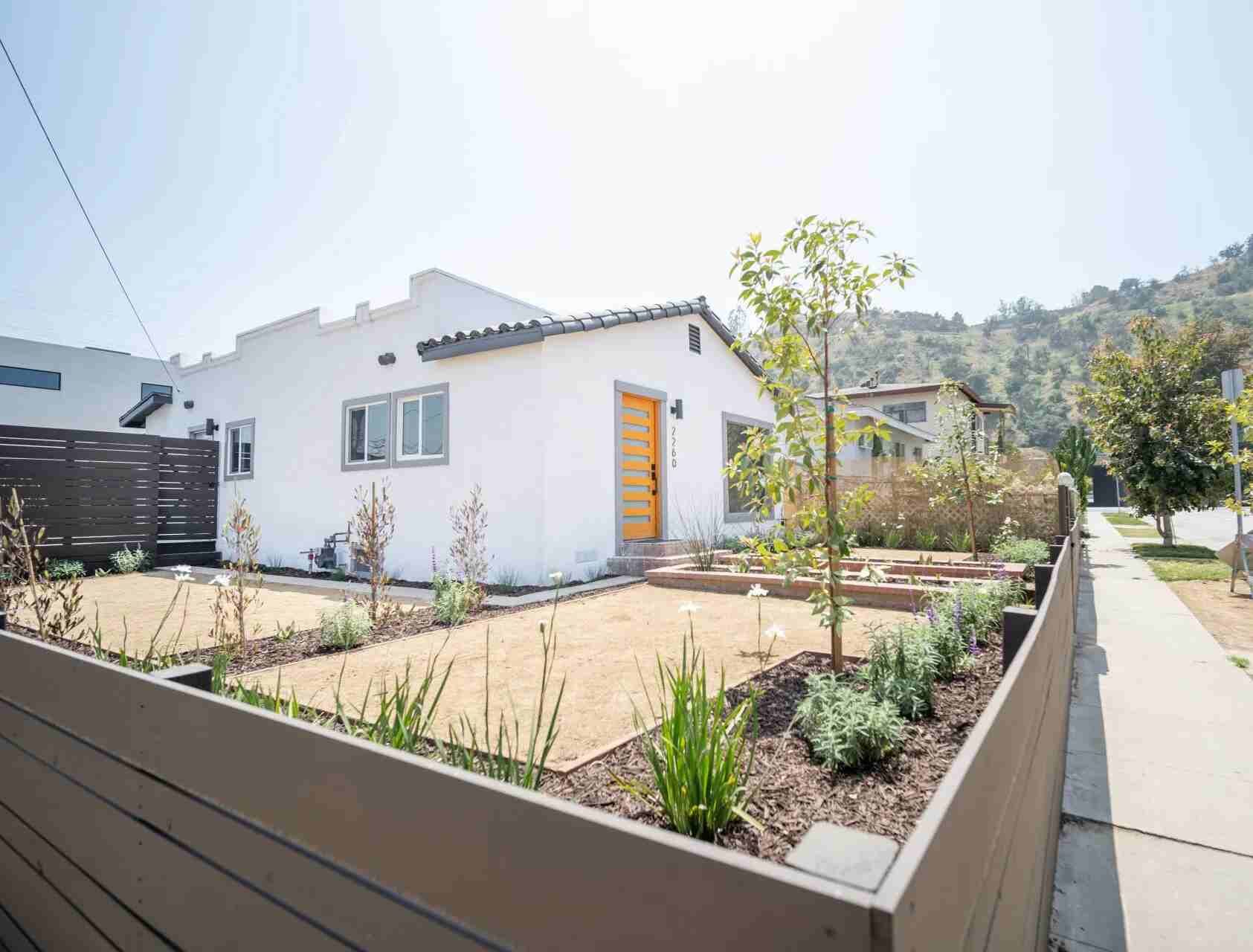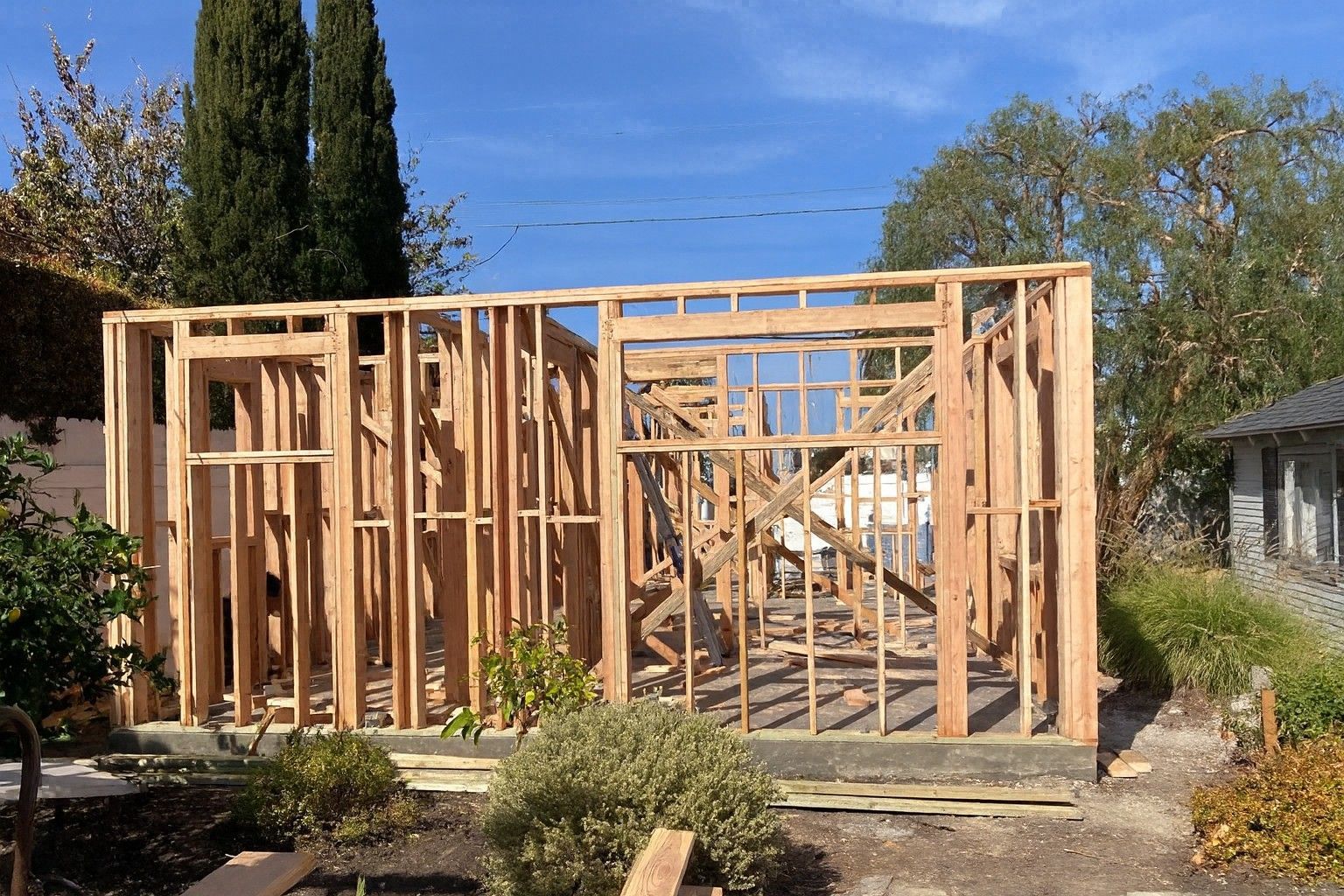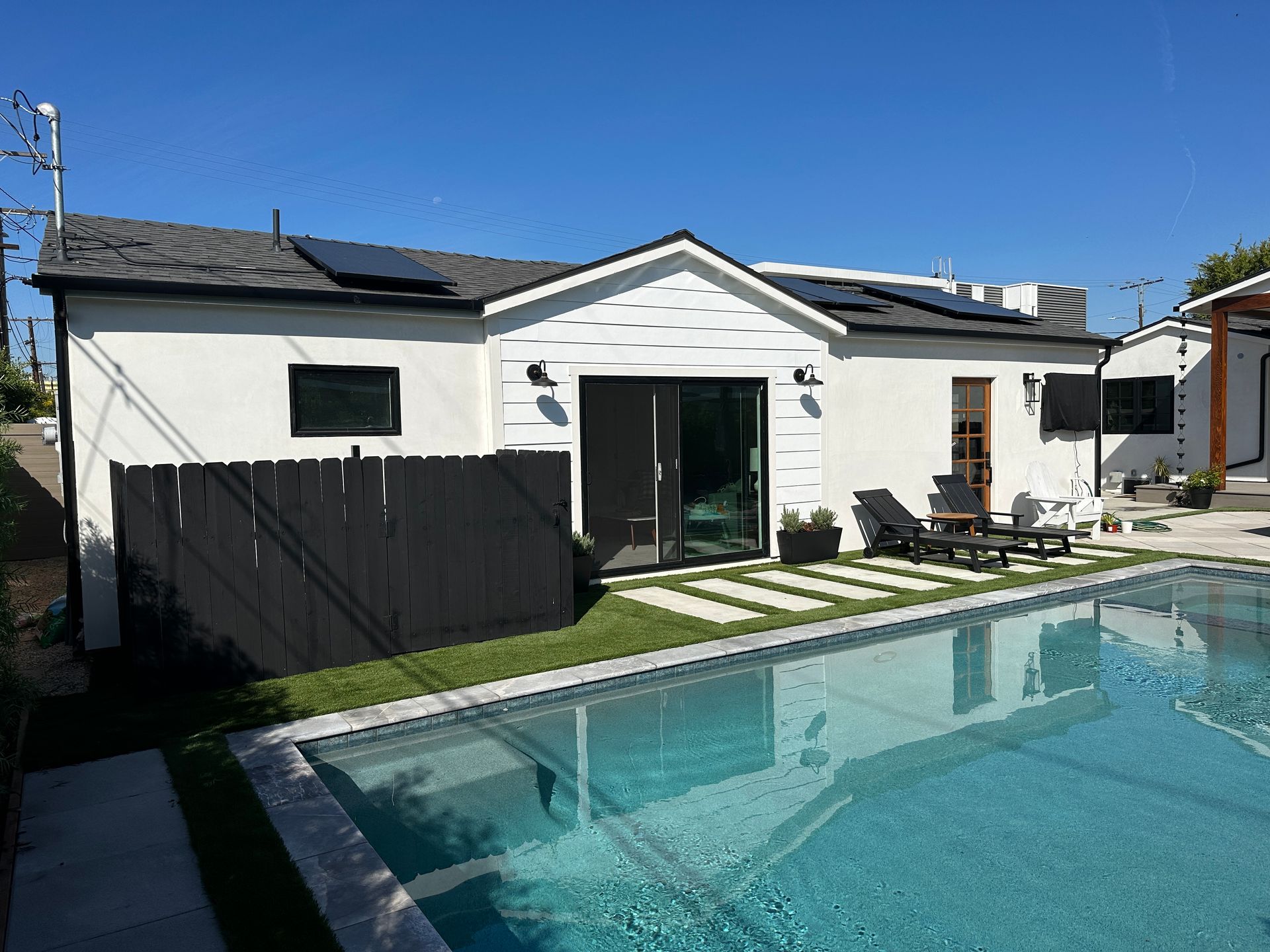ADU Homes Tops The List!
February 28, 2020

ADU Homes was named a top accessory dwelling unit builder by Home Builder Digest this week, topping the list for our innovative design and simplified process (Read the full article here ). We take pride in what we do, and believe that ADUs can help change the face of Los Angeles for the better, benefitting not just homeowners, but all residents of the city.




